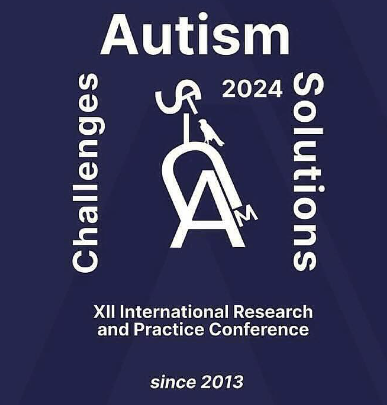Published 2024-07-05
Keywords
- Autism spectrum disorder (ASD),
- techniques,
- strategies,
- heterogenous
How to Cite
Abstract
Autism spectrum disorder (ASD) is a heterogenous condition with a wide range of elements contributing to its presentation, including both common and rare genetic variants, as well as environmental and developmental factors. In rare instances, ASD is associated with known syndromes such as tuberous sclerosis, 22q11 microdeletion or Down syndrome. Over the past two decades, as a result of revolutionary technology including Next Generation Sequencing (NGS) and Optical Genome Mapping (OGM), autism genetics research grew rapidly leading to large number of discoveries, including new genetic loci, hundreds of alterations in the genetic sequence, expression, epigenetic transformation, and interactions with other physiological and environmental systems have been found in association with ASD. The present work is aimed to characterize a cohort of 100 pediatric patients aged between 3 and 12 years, affected by non-syndromic ASD according to the DSM-V. This approach has allowed the identification of causative genetic variants in at least seven families. The identified variants were harbored in well-known genes involved in the pathogenesis of autism spectrum disorder and non-syndromic mental retardation, such as TNIK and SHANK3. Potentially causative variants have also been identified in susceptibility ASD genes, such as SHANK2 and NRXN3. Interestingly, rare de novo and compoud heterozygous variants have also been identified in genes never described before in association with ASD, but related to nervous system development, mantainance and functional regulation. By using molecular modeling and dynamics simulation techniques, we are investigating the impact of this variants on the protein stability and interaction network, thereby providing a preliminary assessment of its mechanistic role. In conclusion, here we discuss the results obtained in this study and the recent advances in the ASD genetics and genomics, to better understand role of of the ASD- associated genetic factors. The future of genetic research, due to interdisciplinary collaborations, could facilitate the personalized medicine as well as genetic counselling and early intervention strategies.

